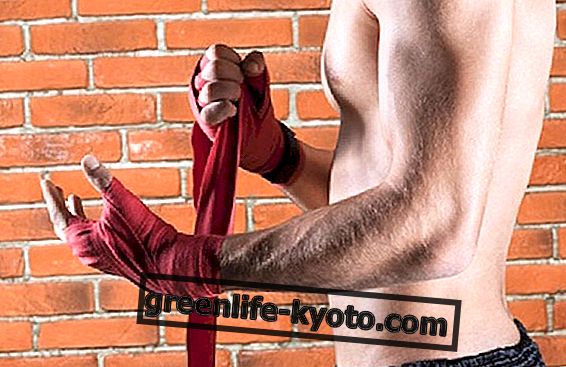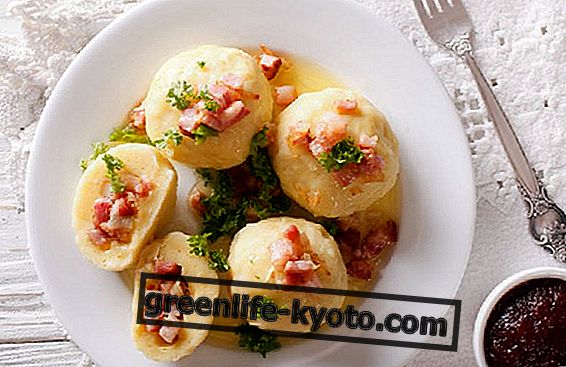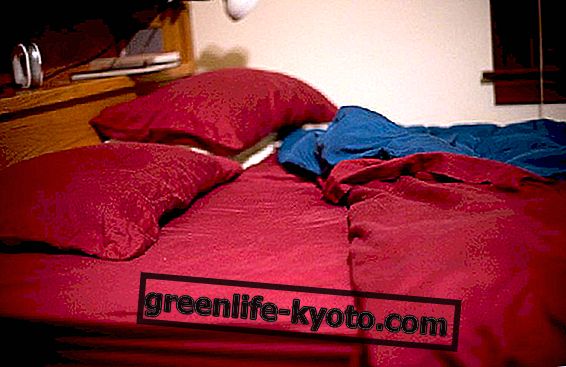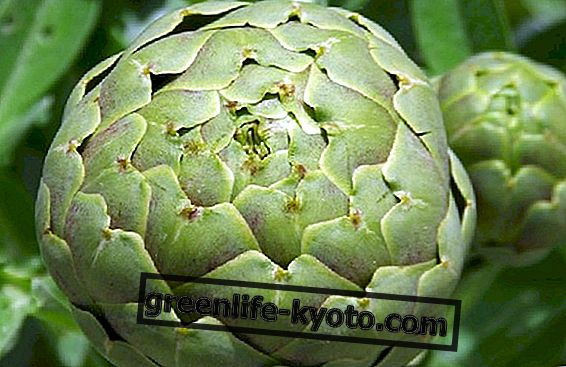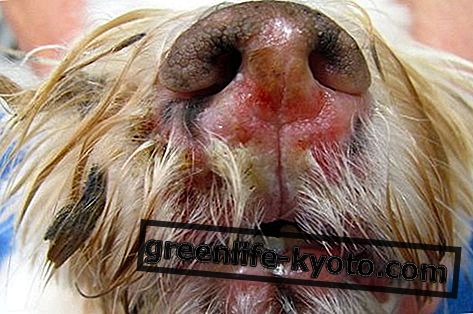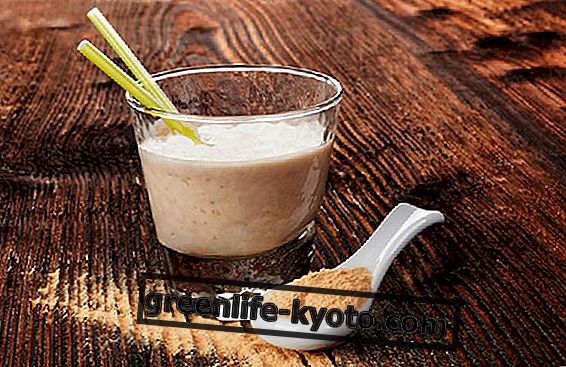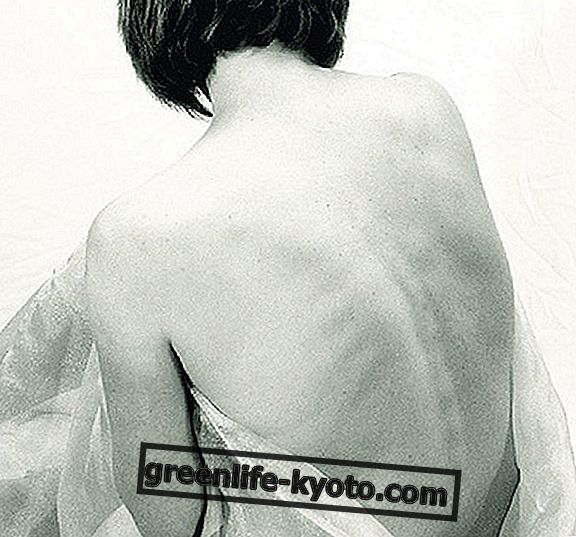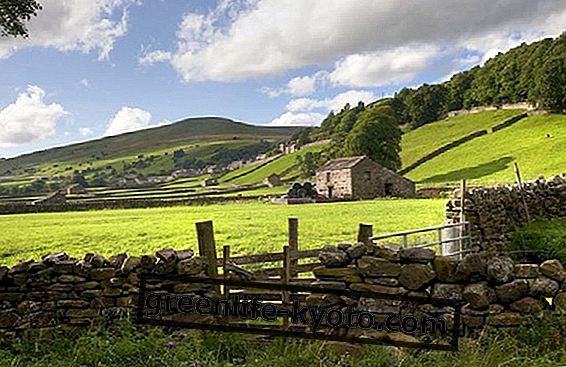
This year there is no beach holiday but a beautiful feast of the right foods and I tan like I was in the Caribbean ... It would be nice, right?
Instead it is not quite so. Melanin is responsible for our tan, which our body produces as a defense. Melanin is a pigment, or a protective substance that defends cells from the harmful effect of ultraviolet rays ; works like a filter, which repels radiation that is dangerous to health.
What can we do to produce more melanin? Expose ourselves to the sun with due caution and follow the right diet, preparing ourselves from one to two months before the holidays.
Produce more melanin with the right nutrition: how it works
The production of melanin is genetically determined in each of us: those with dark complexions (and usually even eyes and dark hair) produce much more melanin than those with fair complexions, which usually turn red in the sun without getting much tan.
However, it is always the sun exposure that stimulates our skin cells to produce more melanin. Melanin production occurs by melanocytes, cells that make up the basal layer of our epidermis. The melanocytes accumulate the melanin produced in granules called melanosomes, which will arrive in the most superficial layers of the skin, to give the tan color.
Melanin synthesis within melanocytes is a complex phenomenon, which we will not analyze in detail.
Suffice it to say that tyrosine is needed to produce melanin, an amino acid that our body produces (except for genetic diseases such as phenylketonuria) from phenylalanine .
Phenylalanine, on the other hand, is an essential amino acid, which our body is not able to produce on its own but which is taken through food. And here food comes into play.
Produce more melanin with the right nutrition: what to eat
We have just discovered what nutrition has to do with the production of melanin and what are the key substances: the tyrosine and phenylalanine amino acids .
We have not even mentioned beta-carotene - which has always been included in the category of supplements and foods that promote tanning - and there is a reason: beta-carotene or Vitamin A, determines the formation of colored pigments on the skin, which help to intensify the tan produced thanks to melanin.
It is a pleasant chromatic effect that has nothing to do with the real protection provided by melanin.
To produce more melanin, therefore, it is necessary to "stock" tyrosine and phenylalanine with food. Therefore - unless you suffer from phenylketonuria - here's what to eat mainly, for a perfect tan:
> Main sources of tyrosine : soy, egg whites, dried spirulina algae, parmesan, stockfish and seafood, cheeses, goa beans;
> main sources of phenylalanine are protein foods such as meat, fish, eggs, legumes, almonds and walnuts and whole foods; here are the ones that contain the most: egg white, soy protein, spirulina algae, stockfish, parmesan, soy flour, dried yeast, pumpkin seeds, dried parsley, lupins, veal and lamb, peanuts.
Salads with fish or eggs, or with legumes or soy and pumpkin seeds for vegans will be fine. And if you want to have "that extra touch of color" add carrots and apricots .





